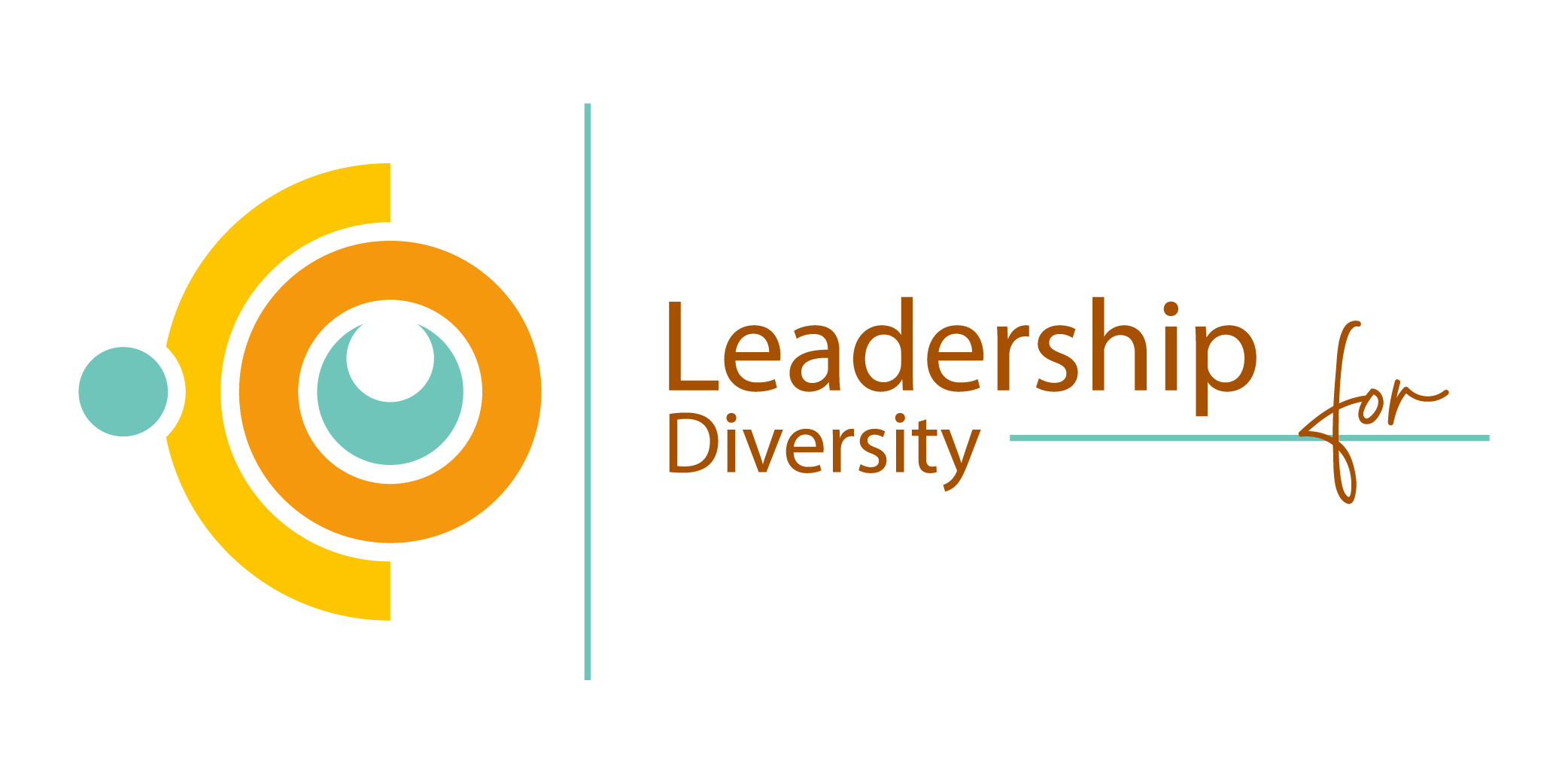Materials
Handout with the scenario
Preparation
Distribute handouts. Form groups of 3-4 participants.
Handout:
Read the following scenario and discuss the questions below with the group.
At an international school, intercultural conflicts and misunderstandings have been increasing among the staff. Maria, a local teacher, and Raj, a teacher from a different cultural background, often clash due to differing communication styles and cultural expectations. Maria tends to be direct and assertive, while Raj prefers a more indirect and respectful approach, especially towards senior staff. These differences have led to several heated disagreements in staff meetings, with Maria feeling that Raj is being evasive and Raj feeling that Maria is being disrespectful. Additionally, other staff members from various cultural backgrounds have reported similar issues, leading to a fragmented and tense working environment. The school’s administration has not yet addressed these conflicts, and there is no formal training on intercultural competence. This lack of understanding and support has caused significant stress and reduced collaboration among the staff.
- What intercultural competency issues are evident in the interactions between Maria and Raj?
- How can the school administration address these conflicts to promote cultural understanding and respect?
- How can Maria, Raj, and other staff members leverage their diverse cultural backgrounds to learn from each other and use diversity as a source of growth and innovation?
- What steps can be taken to implement effective intercultural competency training and foster a more cohesive working environment?
Select a spokesperson to present your findings in max. 7 min.
Debriefing
Spokespersons present their findings to the large group, and the facilitator moderates a discussion. Each group adds only new ideas, building on the previous contributions without repeating the same ideas.
Possible responses
1 What intercultural communication issues are evident in the interactions between Maria and Raj?
- Differing communication styles: Maria’s direct and assertive approach clashing with Raj’s indirect and respectful style.
- Cultural expectations: Maria perceiving Raj as evasive, while Raj perceives Maria as disrespectful.
- Increased misunderstandings: These differences lead to heated disagreements and a fragmented working environment.
2 How can the school administration address these conflicts to promote cultural understanding and respect?
- Conflict resolution: Implementing structured conflict resolution processes to address and mediate intercultural conflicts.
- Intercultural communication workshops: Providing workshops focused on understanding and adapting to different communication styles.
- Support systems: Establishing support systems for staff from various cultural backgrounds to share experiences and solutions.
3 What steps can be taken to implement effective intercultural competence training and foster a more cohesive working environment?
- Intercultural training: Conduct training sessions to build awareness and skills in intercultural competence among staff.
- Team-building activities: Organise activities that promote teamwork and understanding across different cultures.
- Ongoing education: Provide continuous education opportunities on cultural awareness and sensitivity.
- Inclusive policies: Develop and enforce policies that encourage respect for diverse communication styles and cultural norms.
